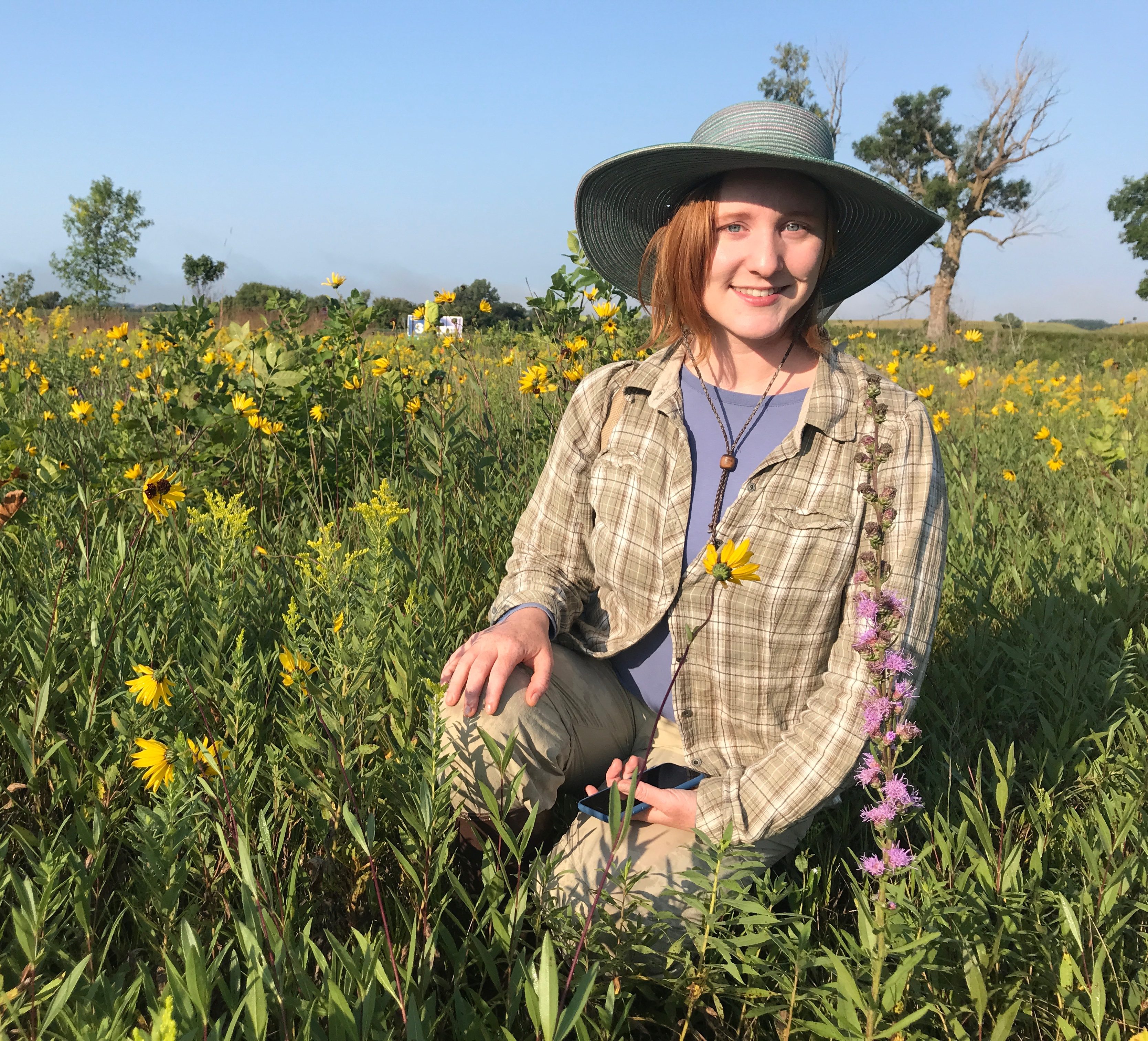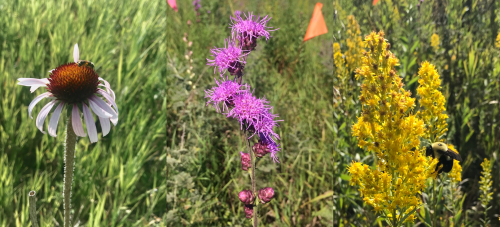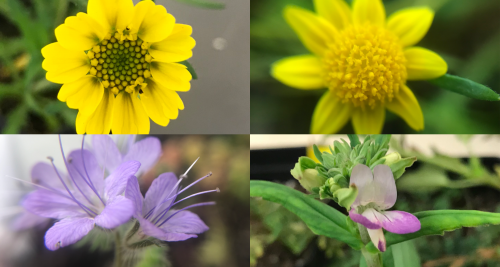Education
PhD Student, Plant Biology and Conservation
Northwestern University and Chicago Botanic Garden, 2016-Present
Masters in Education, University of California Los Angeles, 2012
B.S. in Biology, California State University Los Angeles, 2009
Research Interests
population ecology, community ecology, demography, phenology, spatial density, reproductive success, fitness, coexistence, science education, citizen science
Current Research Projects
Fire and Mating Potential in Tallgrass Prairie Forbs
Successful reproduction in prairie plants might depend on being in the right place at the right time, relative to potential mates. For self-incompatible species, that require pollen from another plant to set seed, time and place could be especially important for reproductive success. But, humans have spatially altered prairie habitat, leaving only small fragments for native plants to grow. Humans have also potentially altered the timing of when plants flower due to climate change and altered disturbance regimes. Historically, fires would blaze through tallgrass prairies and wildflowers were especially abundant after fire. I’m interested in understanding if reproductive outcomes of prairie plants improve after fire, and if variation in reproduction following fire is explained by the variation in spatial and temporal relationships among flowering plants the same species. To address this gap in scientific understanding, I’ve developed two projects that answer the following questions:
1) Does flowering synchrony, spatial density, and fire influence seedset in Solidago speciosa and Liatris aspera populations?
2) Does seedset for individual Echinacea angustifolia plants differ in post-fire flowering years compared to flowering years with no fire? Does fire directly or indirectly affect reproductive outcomes? Perhaps fire directly influences the spatial and temporal organization of the Echinacea mating scene which in turn influences reproductive outcomes.
Reproductive Success and Fitness in CA Annual Plant Communities
Growing up in southern California, I occasionally had the opportunity to witness breathtaking “superblooms” where hills would be blanketed in small wildflowers. I was always enchanted by historical descriptions of wildflowers, such as this 1850 account by Jeff Mayfield,
“As we passed below the hills the whole plain was covered with great patches of rose, yellow, scarlet, orange, and blue. The colors did not seem to mix to any great extent… and some of the patches of one color were a mile or more across…”
Imagining the perspective of an individual plant in such a patch makes me wonder what attributes of its position in time and space are most important for growth and reproductive success. Is reproductive success higher for individuals situated in the middle of a dense patch, or in a sparse area? Are individuals surrounded by the same species more or less successful than those surrounded by different flowering species? Does flowering synchrony influence reproductive success? Is reproductive success for self- incompatible plants more dependent upon being in the right time and place than for self-compatible plants? We know competition between and within species influences plant growth, and competition for pollination influences reproductive success, but few studies have incorporated experimental manipulations of flowering timing, spatial density of flowers, and diversity of flowering neighborhood to understand which of these biotic environmental factors could be most important for predicting reproductive success. To address these gaps, I will create a common garden containing experimentally manipulated populations of four native species. Self-incompatible species, Lasthenia californica and Layia platyglossa and self- compatible species with mixed mating systems, Collinsia heterophylla and Phacelia tanacetifolia are distributed across California known to coexist in natural communities. Quantifying the contribution of an individual’s position in time and space to its reproductive success is worthwhile because differences in individual reproductive success drive species evolution and influence coexistence within communities.



